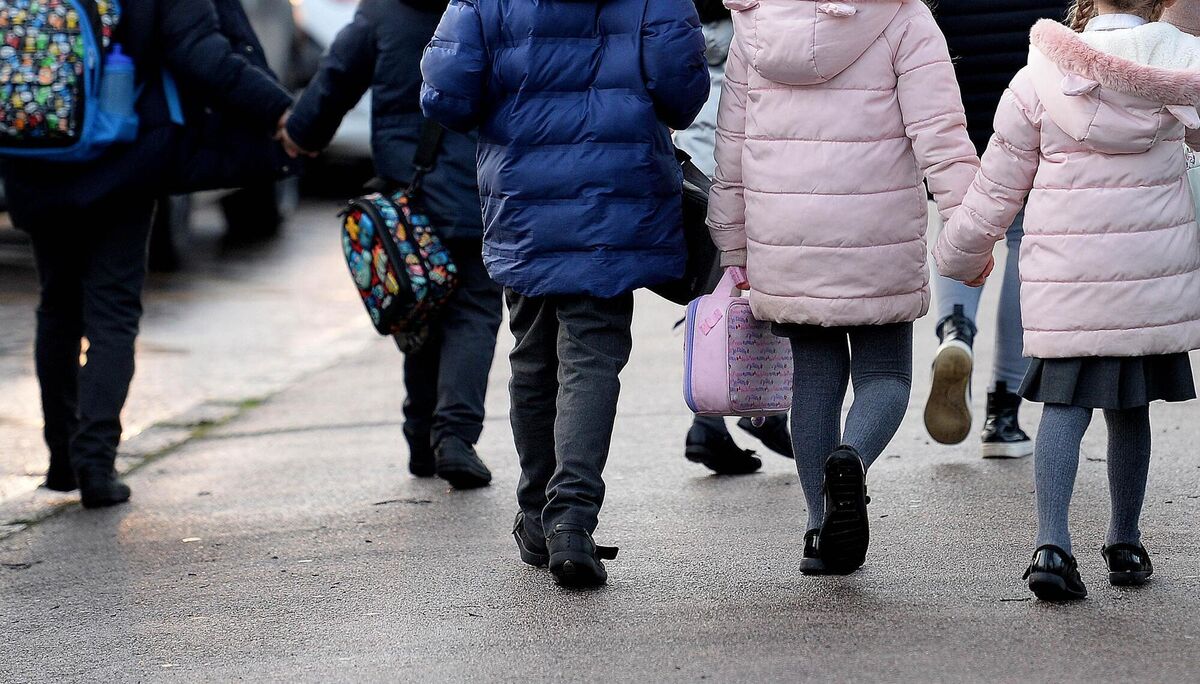Teenagers cared for by relatives have fewer friends, research suggests

At 13, young people tend to spend more time with peers rather than their families and the kinds of social activities they engage in change, the study noted. File picture
Those cared for by relatives at age 13 tend to have fewer friends and close friendships than their peers, research from the ESRI suggests.
Newly-published research examines patterns of afterschool care as well as outcomes for children at age nine and 13 in Ireland over a 10-year period.
Using data from the Growing Up in Ireland survey, it found that the type of afterschool care parents opt for is largely constrained by income and geography.
Higher-income families are more likely to use childminders or group-based childcare, while after-school centres are more prevalent in urban areas.
The gap in afterschool centre use between income groups also widened over time, as childcare costs for childminders and afterschool centres increased beyond inflation.
Researchers looked at two groups of children born a decade apart, referred to as Cohort ’98 and Cohort ’08, and each studied at ages nine and 13.
The majority of children and young people in the study were looked after by their parents after school — more than 70% of nine-year-olds and more than 80% of 13-year-olds in both cohorts.
More formal care was associated with greater involvement in sports at age nine, and children spent less time watching TV or being online.
However, this gap was smaller at age 13 because almost all children included in the study at this age owned a phone.
The study also found that those looked after by relatives or siblings read less for pleasure and are less likely to take part in cultural activities such as music lessons.

At 13, young people tend to spend more time with peers rather than their families and the kinds of social activities they engage in change, the study noted.
“Young people being cared for by relatives tended to have fewer friends overall and fewer close friends than their peers,” it added.
“It may be that being cared for in a different location constrained access to local peer networks.”
The type of afterschool arrangements families have in place was found to be related to a range of factors, including working hours, location, and income.
"The influence of such factors suggests that choice was limited for low-income parents, those in rural areas, and those working longer hours."
However, significant developments in school-age care have taken place since the data was collected, the study noted.
"These include the National Childcare Scheme (NCS), which provides additional subsidies for parents, and the significant increase in the number of support places for school-aged."
It is important that the impact of these developments is tracked, it added.
The study was published by the ESRI, in cooperation with the Department for Children.
The study findings have important implications for policy development, according to Helen Russell, one of the co-authors of the report.
"Evidence of rising costs over time suggests that choice of afterschool care is constrained by income, with relative care remaining an important support for less advantaged groups.
"The largely privatised nature of the system has led to geographical variation in provision, with childminders playing a more important role in rural areas.”













